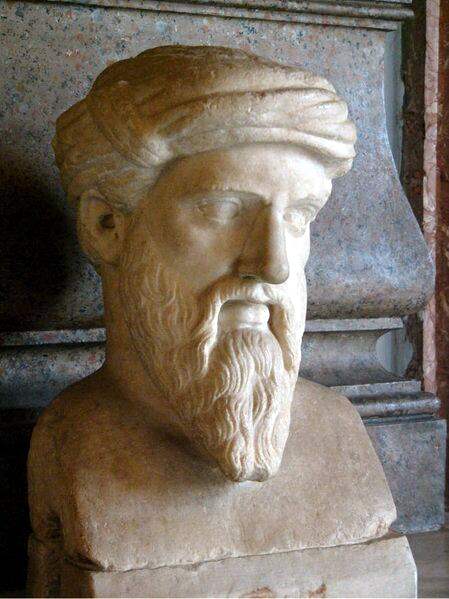Every now and then I receive a question about Word that is a bit hard to answer—primarily because I don’t know the answer and secondarily because I have difficulty finding an answer in one of my Word books. Here are a couple of questions that fit into this category:
When making comments, each comment shows the person's name who made the comment, i.e., JD1: Comment. After saving the document, however, it changes to A1: Comment. What’s going on here?
and...
Our reviewers used track changes to make edits to the document and whenever they save the document their comment initials are replaced with an “A.”
Here’s the answer (which required a bit of searching on Internet forums and desktop publishing help groups):
Word’s Trust Center
Removing personal information from the file properties on Save
- Click on the Office Button in the upper left corner of the Word window
- Click on the Word Options button at the bottom of the drop down window
- Click on “Trust Center” in the left navigation menu
- Click on the Trust Center Settings button in the lower right corner of the window
- Click on “Privacy Options” in the left navigation menu
- Under “Document-Specific settings,” uncheck the box next to “Remove personal information from the file preoperties on save”
- Click Ok to close this window and Ok again to close the final window
You’re likely to not notice the problem until you save a document, at which point all the initials (from multiple reviewers) will switch to the generic “A.” Don”t worry—you can recover those reviewer initials if you don’t go too much further.
Before adjusting the settings as laid out in the above list, reverse the change to the initials by pressing Ctrl+Z. This will undo the last thing Word did, which was to change those initials. Now that you have returned the initials to the comments, follow the procedure laid out in this post to make sure it doesn’t happen again the next time you save the document.

